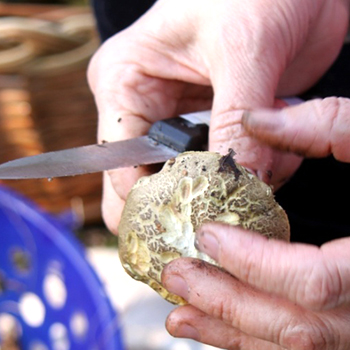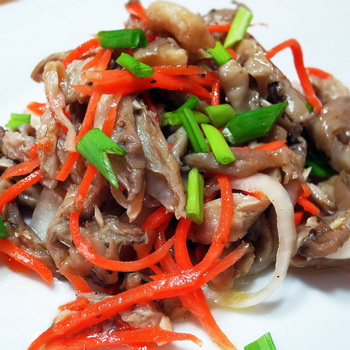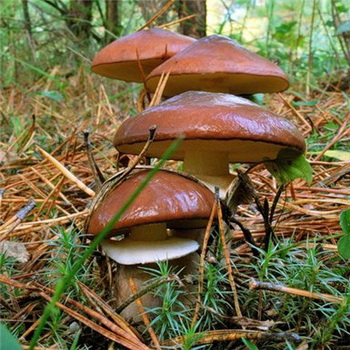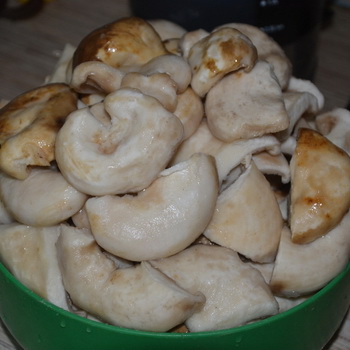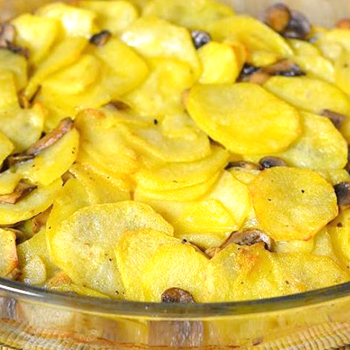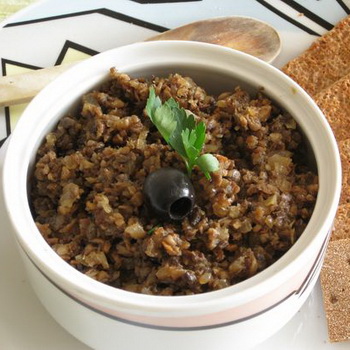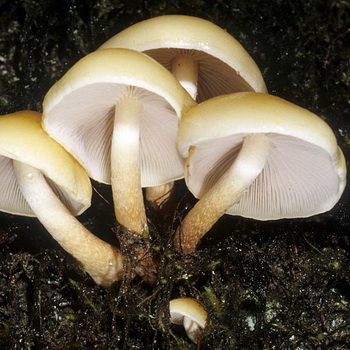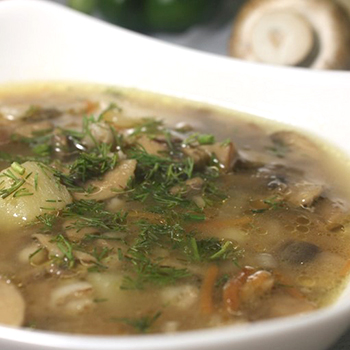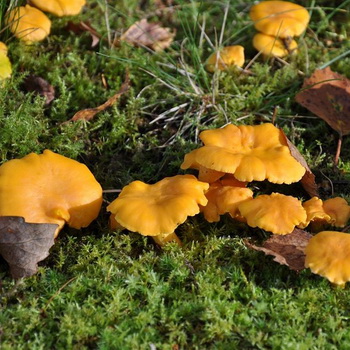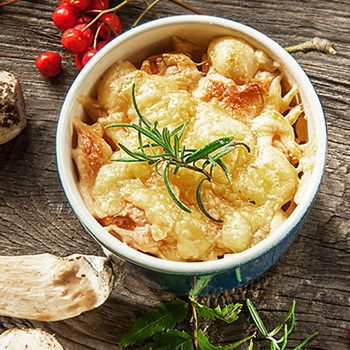How to grow truffles: conditions for growing mushrooms and the correct breeding technology (with photo)
 Truffles are very healthy and extremely expensive mushrooms. The cost of one kilogram of these fruiting bodies can reach several thousand euros. Therefore, if you master the correct technology for growing truffles and create optimal conditions for growing these mushrooms, you can truly enrich yourself. True, the harvest will have to wait for a very long time (up to 7 years). And all this time, the area sown with mycelium should not be trampled.
Truffles are very healthy and extremely expensive mushrooms. The cost of one kilogram of these fruiting bodies can reach several thousand euros. Therefore, if you master the correct technology for growing truffles and create optimal conditions for growing these mushrooms, you can truly enrich yourself. True, the harvest will have to wait for a very long time (up to 7 years). And all this time, the area sown with mycelium should not be trampled.
Truffle (from Lat. Tuber) - refers to the genus of marsupial mushrooms. The fruit body of the fungus is tuberous, fleshy, growing underground at a depth of 10–20 cm. There are many varieties of truffles. Mostly truffles grow in the forests of southern France and northern Italy, but they are also found in Russia, Belarus, Ukraine, and Central Asia.
How to grow truffle mushrooms is described on this page.
What truffles look like
The truffle is a saprophyte. It forms mycorrhiza with the roots of trees such as oak and beech, and feeds on organic matter from the soil. Fruit bodies, as a rule, are irregularly flattened, round or oval in shape. The surface is fibrous. The color of a truffle depends on its type. In section, mushrooms can resemble potatoes or have a marbled appearance. There may be streaks with colorless rims. The bags are sack-shaped, with spherical spores and blunt spines. Not all truffles are edible. The most valuable are French black, or Perigord, and white Piedmont truffles. In Russia, there is mainly one type of truffle - summer. These mushrooms are searched for with the help of specially trained dogs and pigs. Sometimes you can independently find truffles under rotten foliage - midges hover over them.

Black, or winter, truffle has a rounded, bumpy fruit body with an uneven surface of black or dark gray. Its size ranges from walnut to medium-sized apple. The flesh of the fruiting body is reddish, after ripening it becomes purple-black. This mushroom has a strong aroma and delicate taste.
Edible mushrooms contain substances that are inherent in both plants and animals. Their number and concentration are not constant and depend on the season, weather, ecology and other conditions. In summer, with a lack of moisture, the concentration of animal substances in the mushrooms increases greatly, and the mushroom itself becomes poisonous from this.
What truffles look like are shown in these photos:

How to breed truffles correctly
Mushrooms such as black truffles can only be grown in oak, hornbeam, walnut and beech groves. It is on the roots of these trees that this fungus grows, forming mycorrhiza with them. Natural or specially planted groves can be used. Another important condition for the growth of this fungus is a warm climate. The truffle does not tolerate too severe frosts in winter and high temperatures in summer. He needs mild winters and cool, humid summers. Cultivation of truffles is possible only in calcareous soil. In addition, the soil must be well-drained and rich in nutrients.
Artificial cultivation of truffles is reduced to the establishment of plantations and the addition of soil from the areas of natural habitat of mushrooms to the soil.
Before growing truffles, it is very important to choose the right place for the trees, on the roots of which the mushrooms will grow. It must be protected from all extreme weather events, protected from other plants as well as animals. The land must be freed from shrubs and other fungi. The site should be located at some distance from other trees that can affect the growth and development of truffles. The soil should be tested for pH.To do this, place a soil sample in a small container and pour some white vinegar into it. If the mixture sizzles slightly, then the soil is not suitable for truffles - the alkaline level must be raised in it. To do this, lime should be gradually added to the ground. Then you need to plant several trees - oak, hazel, beech, hornbeam.

In order to properly breed truffles, the mycelium must be brought in along with the soil taken from the natural habitats of the mushrooms. To do this, you need to dig out the mycelium at a depth of 10-15 cm and place it next to the trees. You can also break the ripe fruit body of the mushroom into several pieces and put it next to the roots of the seedlings. Some firms now sell walnut seedlings with already grafted truffle spores. When planting such trees, additional land from the habitat is not needed. Mycelium transplant should be done in late summer or early autumn.
An important condition for growing truffles is abundant and regular watering of the plantation in the summer with warm water. You also need to make sure that no one tramples him. The crop appears 5–7 years after planting the seedlings. Fruiting lasts for 25-30 years. Fruit bodies are usually located in the soil in nests of 3–7 pieces each. When truffles ripen, the ground above them slightly rises, and the grass near the nest dries up. These signs serve as the beginning of the harvest. Typically, truffles ripen in the fall and are harvested until winter. Each mushroom should be wrapped in parchment and placed in dry rice so that moisture is retained in the mushrooms. Moreover, they should not be completely cleared of the earth. The soil protects the mushrooms from loss of taste and from microorganisms. Keep the mushrooms in the refrigerator.

